Inaccuracies and mistakes due to human error are one of the real concerns of researchers. All individuals in the selected clusters are included.

Outsmart Your Own Biases Critical Thinking Logical Fallacies Harvard Business Review
Observer bias and other related biases that are collectively known as experimenter effects are greatly minimized if the subjects identities are hidden from researchers and so researchers often employ blind protocols when performing experiments and recording data eg 2 5 6.

. Its called habituation bias which is mostly how our brain responds to conserve more energy. In designing the survey its best to keep the questions conversational and engaging. Data to justify experimental claims examples.
Hamilton Rose 1980 found that stereotypes can lead people to expect certain groups and traits to fit together and then to overestimate the frequency with which these correlations actually occur. Bias in experimental study designs. True experimental designs Experimental research is the only type which can establish cause-and-effect relationships between variables.
Start studying Types of Experimental Design Sampling Design and Bias. Of these four scientific designs choose the one that has a biased design. Language is key to preventing this type of bias.
Independent measures between-groups. If a researcher knows the outcome of their experiment beforehand it is possible that. This limits the results application to anything other than the experiment itself reducing or eliminating their usefulness.
B phil and bart race down the street to determine who is the fastest. When researchers choose their topic of research there is a probable outcome that they have predicted in their minds. Any such trend or deviation from the truth in data collection analysis interpretation and publication is called bias.
Rosenthal and Kermit asked two groups of psychology students to assess the ability of rats to navigate a maze. 1In a study to determine how bees react to color both color and light levels are varied. Correct answer to the question Which of these experimental designs could lead to bias.
Schematic illustrating situations in which an analysis may be affected by identification bias in A a parallel-group design or B a stepped-wedge design. Because of the prediction of the outcome in advance the. A The natural variation in a sample is called sampling error.
3In a study of the effect of a vitamin on energy levels the experimental and control groups each have 50 randomly chosen people. There are three types. Experimenter bias is the tendency of a scientist or researcher to introduce bias into an experiment.
Especially the true experimental 1- Provide answer to research question 2- Control the difference covariances 572016 23Professor Tarek Tawfik. Biology and the scientific method review. In psychology this is termed as observer-expectancy effect.
Bias causes false conclusions and is potentially misleading. These 3 studies demonstrating. Different participants are used in each condition of the independent variable.
Experimental Design Summary Experimental Design Summary Experimental design refers to how participants are allocated to the different conditions or IV levels in an experiment. Three Biases that can impact research. First you may need to decide how widely to vary your independent variable.
Scientific method and data analysis. Treatments are imposed prior to observation. These studies are subject to biases that can be limited by carefully planning the design and analysis.
Learn vocabulary terms and more with flashcards games and other study tools. Rosenthal and Fode Experiment. The goal of experimentation is to validate or invalidate assumptions that we have about the task at hand - be it a new concept a consumer.
A two mice are given the choice between swiss and american cheese. This has often been described as the participant reacting purely to what they think the researcher desires but this can also occur for less obvious reasons. At the same time researchers should change the wording of the questions.
Working blind means that the subjects treatment. The term experimenter bias is related to the researchers influence on the outcome of his research. Designing experiments to alleviate behavioral biases in innovation.
How you manipulate the independent variable can affect the experiments external validity that is the extent to which the results can be generalized and applied to the broader world. The bias can come in a variety of forms including manipulating results choosing certain participants knowingly and choosing certain participants unknowingly. Stepped-wedge trials randomly assign clusters to the sequence of the intervention.
White areas correspond to the control group. E 1 Small sample error 2 deliberate error 3 mistaken error. For example if one runs an experiment to test the effect of treatment on a group of patients and then.
Embarrassing questions and resulting untruthful answers are an example of response bias. Gray areas indicate assignment to the intervention group. This is the currently selected item.
You can choose to. -In experimental designs flawed designs can introduce confounding variables or lead to problems with reliability. 33 This can lead to increased dropout in the experimental or control arms either of which can affect results.
One of the central biases that can hamper and negatively impact research is that of participant bias. Design your experimental treatments. Experimental design and bias.
One of the best-known examples of experimenter bias is the experiment conducted by psychologists Robert Rosenthal and Kermit Fode in 1963. Hindsight bias is a false memory of having predicted events or an exaggeration of actual predictions after becoming aware of the outcome. While one group was told their rats were bright the other.
Experimental designs that study two or more independent variables at the same time are called factorial designs. Experimentation is a key component of any innovation validation track regardless of industry goal and even budgets. Bias in research can occur either intentionally or unintentionally.
Experiment bias causes the outcomes of research studies to be unrepresentative of what they are designed to assess. Or clusters and a random sample of these clusters are selected. Therefore it is immoral and unethical to conduct biased research.
Introduction to experimental design.

What Are The Various Types Of Research Bias In Qualitative Research Give A Solution To Overcome These Bias Statswork

Availability Heuristic The Decision Lab
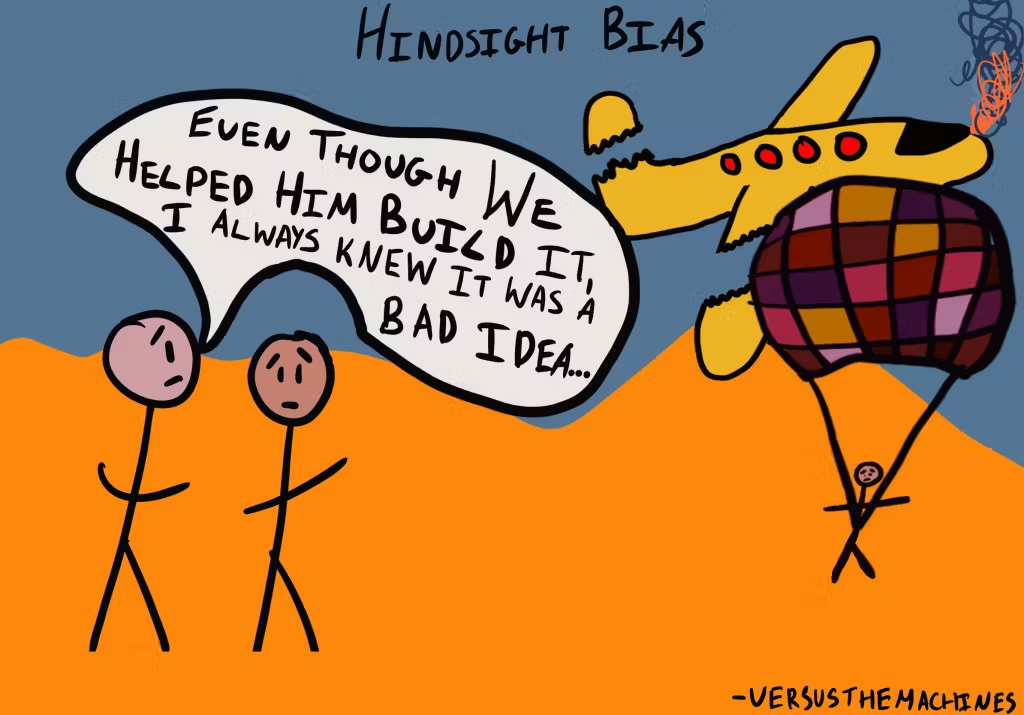
Hindsight Bias The Decision Lab
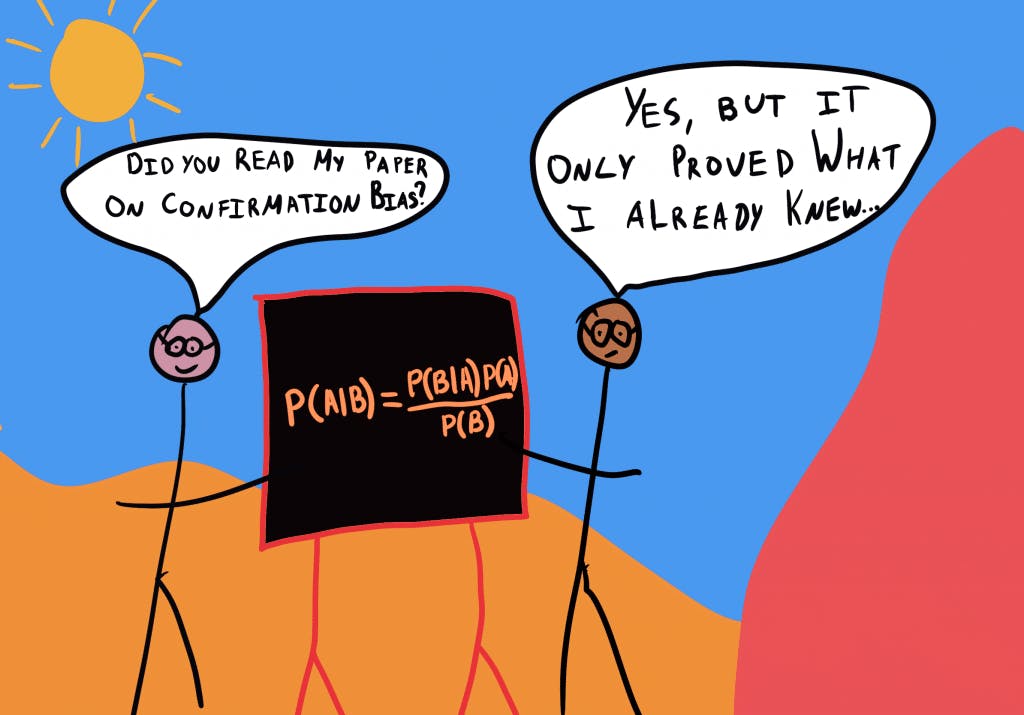
Confirmation Bias The Decision Lab
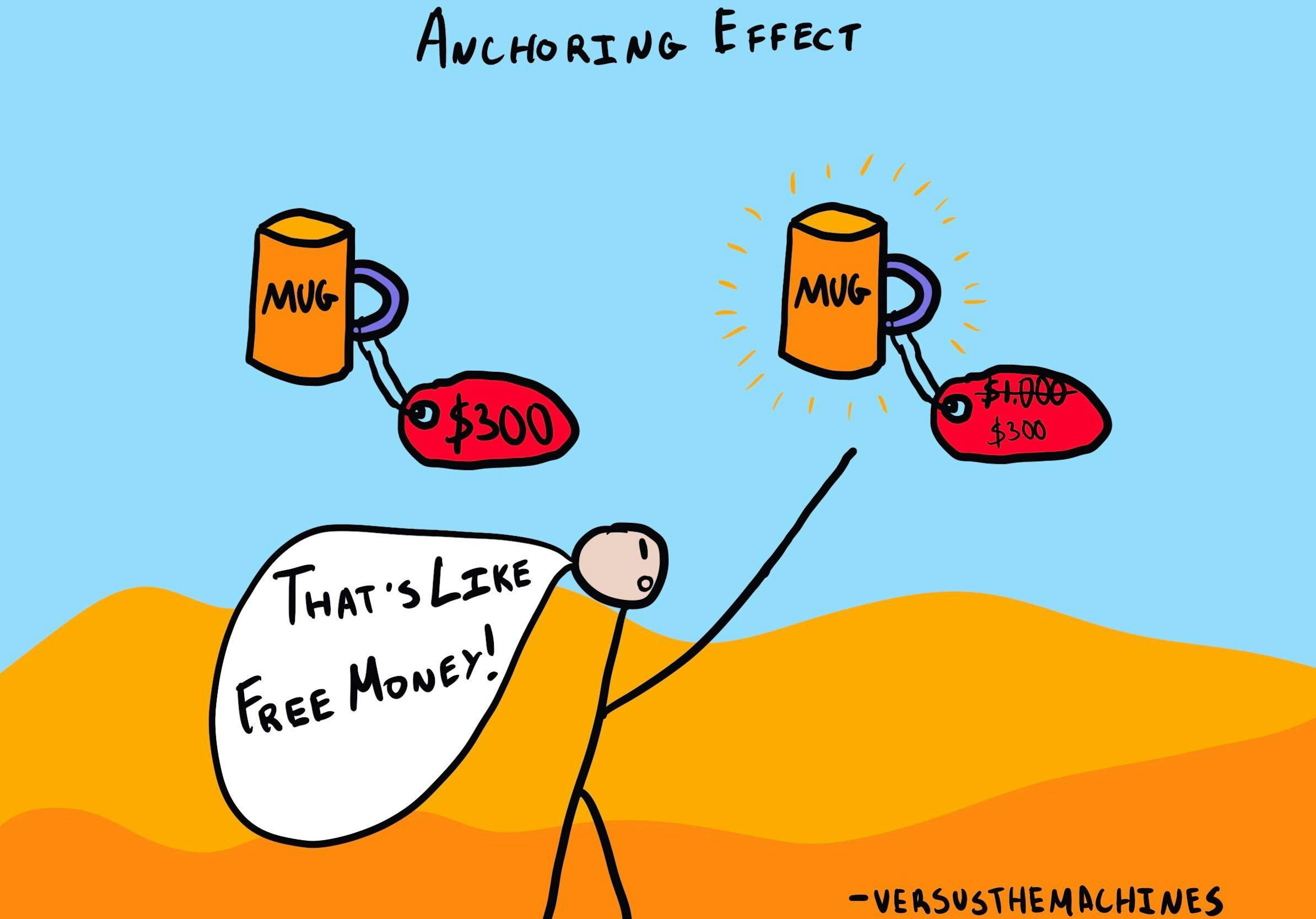
Anchoring Bias The Decision Lab

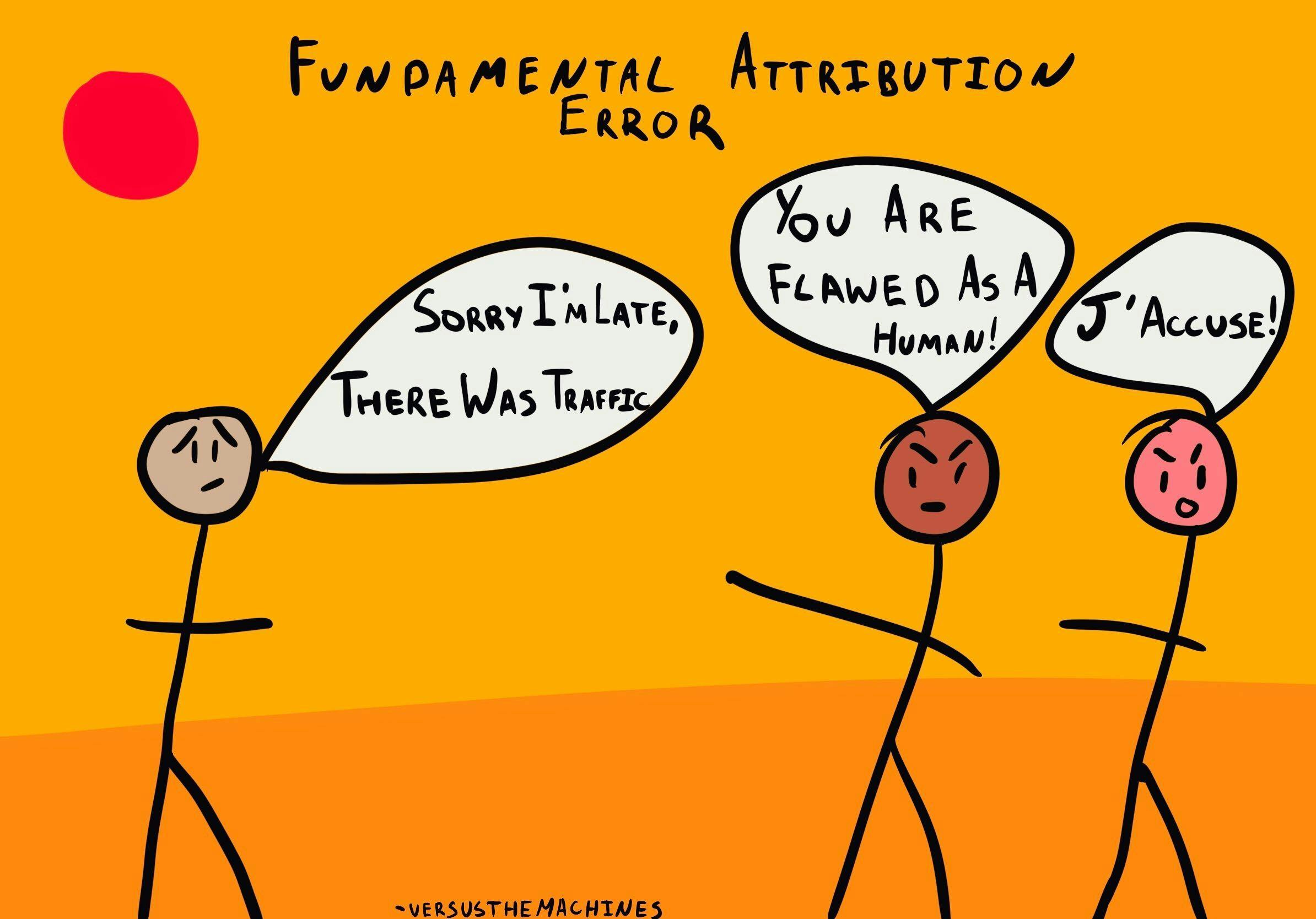
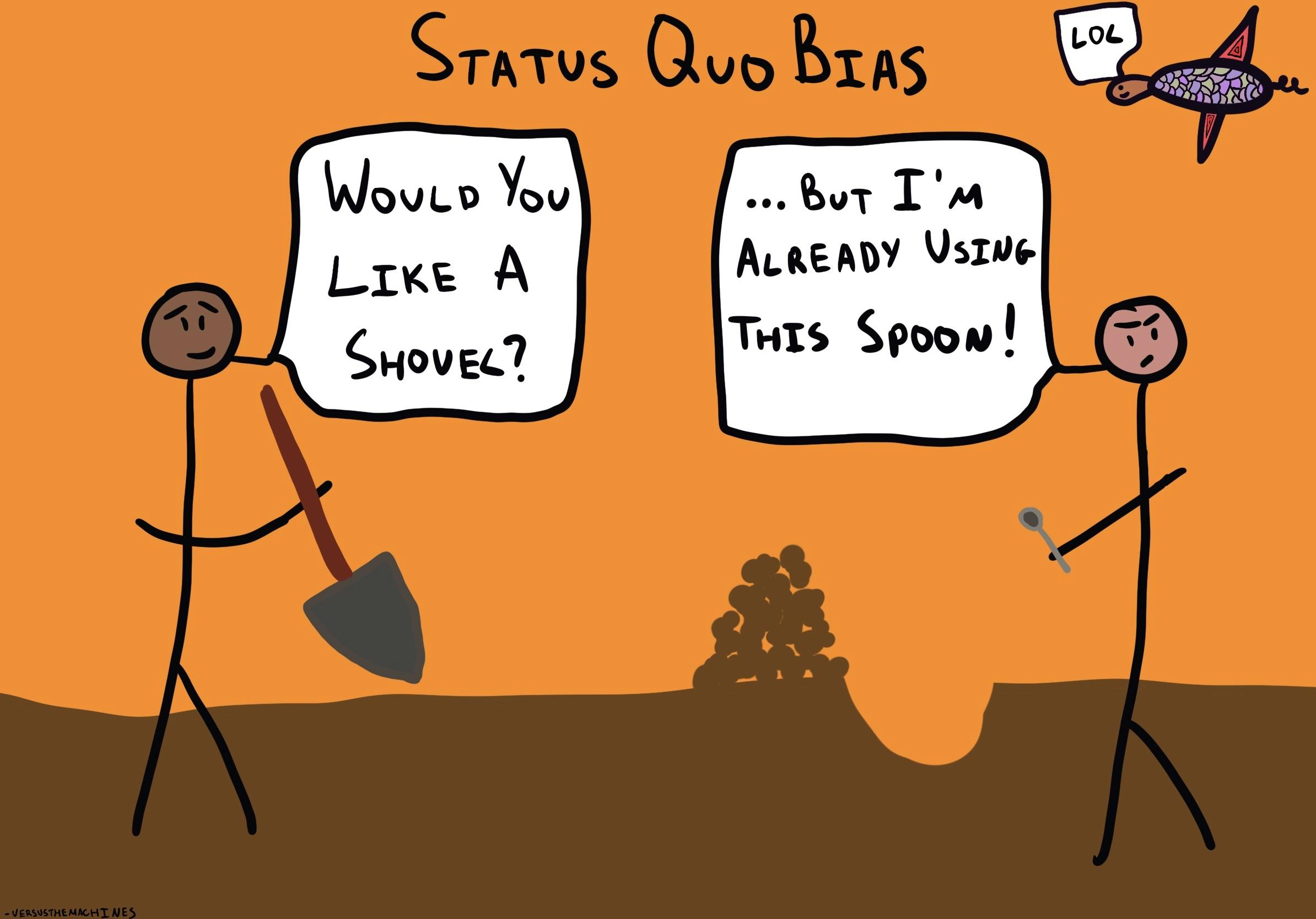
0 comments
Post a Comment